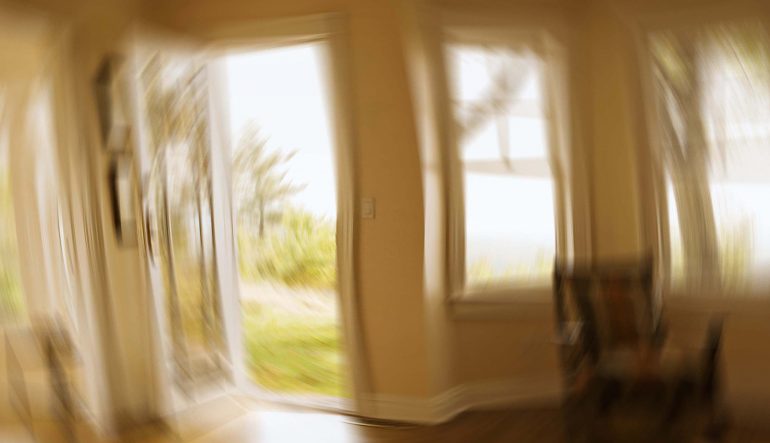The majority of out-of-hospital cardiac arrests (OHCAs) happen in residences. Despite this, studies continue to show that the case for home ownership of AEDs – automated external defibrillators – doesn’t stack up.
Why?
According to the American Heart Association, more than four out of every five OHCAs occur in homes.
More than six million people die from sudden cardiac arrest worldwide each year. This is because patients don’t receive the treatment they need – that is, early CPR and defibrillation, in time.
So, what arguments could possibly justify not installing more of these lifesaving devices be in our homes, where they’re needed most?
Relevance
While out-of-hospital cardiac arrest kills most people who experience one, your chances of having one are very low.
This study of South Australian health data, for example, puts the incidence of OHCA in a population at around 0.05 per cent.
There’s also the issue that most, but not all sudden cardiac arrests are caused by ventricular tachycardia or ventricular fibrillation – which AEDs are designed to detect and counteract.
Other causes of OHCA may not respond to defibrillation.
Of all the arguments posed against household ownership of AEDs, the relevance question is the flimsiest. It’s also perhaps the most dangerous.
Witnesses
Out-of-hospital cardiac arrests need to be witnessed for the patient to receive treatment in time.
It is far more likely that someone experiencing an OHCA at work or in a public place, will be near witnesses when it occurs.
The argument goes that if someone experiencing an OHCA lives alone, or is home alone at the time of the event, there’s no use having an AED nearby. It’s one of the main reasons why chances of receiving CPR at home decrease with age.
Cost
Both of these concerns contribute to the main impediment to recommendation of having an AED in every home.
Plenty of studies, from those looking at the cost-effectiveness of installing AEDs in the homes of children with cardiac conditions through to adults over 60 years of age, conclude that while AEDs save lives, the cost-benefits of widespread home adoption don’t add up.
These studies compare the dollar value of lives saved with the low likelihood of incidence of out-of-hospital cardiac arrest, and the cost to governments to subsidise AEDs, or to patients to carry the full cost.
A study released in 2008 by University of Pennsylvania professors of medicine, Matthew Hutchinson and David Callans drew comparisons with AEDs costing between US$1,200 to US$2,000. That study concluded that not enough people were saved by household AEDs to justify the expense.
Solving these problems for AED home ownership
Cost appears to be the chief impediment to advocating household ownership of AEDs. Reducing AED unit cost lessens arguments about the likelihood of someone experiencing an OHCA, for example.
The fact there simply aren’t enough AEDs available where they’re needed is an issue associated with public access defibrillation (PAD). This includes in homes, where the majority of OHCAs occur.
If cost is an issue that needs to be addressed, so too is portability. While all AEDs are technically portable, most are bulky and can’t be easily carried.
How do we address this, and other arguments against having AEDs at home? Make AEDs small enough to fit into hand luggage, and low-cost enough that more people can afford to buy one.



